
Most Trusted Mold Removal and Residential Mold Removal Services St. George Locals Love to Call!

Mold, with its unsightly appearance and potential health hazards, is a common issue in many St. George, Utah residences. Whether it's the result of a hidden leak, excessive humidity, or poor ventilation, mold should be dealt with promptly and effectively. In this guide, we will walk you through the essential steps to remove mold from your St. George home.
Effective Mold Removal in Your St. George Residence
1. Safety First
Before you start any mold removal process, it's crucial to prioritize safety:
- Protective Gear: Wear appropriate safety gear, including gloves, goggles, and an N95 respirator mask, to avoid inhaling mold spores.
- Ventilation: Ensure good ventilation in the affected area by opening windows and doors.
- Containment: Seal off the affected area with plastic sheeting and tape to prevent the spread of mold spores to other parts of your home.
2. Identify the Source
To effectively remove mold, you must identify and address the source of moisture that allowed it to grow in the first place. This could be a leak, poor ventilation, or high humidity. Fixing this issue is crucial to prevent mold from returning.
3. Remove Mold-Infested Materials
In cases of extensive mold growth or porous materials like drywall or insulation, it may be necessary to remove and replace the affected materials. This step is best handled by professionals like us for thorough and safe removal.
4. Clean and Disinfect
For non-porous surfaces like tile or glass, you can clean and disinfect to remove mold:
- Use a Mold Cleaner: Choose a commercial mold cleaner or make your own using a mixture of water and detergent.
- Scrub Gently: Scrub the mold-infested area gently using a sponge, cloth, or scrub brush.
- Rinse and Dry: Rinse the area with clean water and allow it to dry completely. This step is essential to prevent mold from returning.
5. HEPA VacuumingRegular cleaning can go a long way in mold prevention:
After cleaning, use a HEPA vacuum cleaner to remove any remaining mold spores from surfaces and the surrounding area. Be sure to dispose of the vacuum bag or clean the vacuum thoroughly afterward.
6. Prevent Future Growth
To prevent mold from returning, take proactive measures:
- Control Humidity: Use dehumidifiers to maintain indoor humidity levels between 30-50%.
- Ventilation: Ensure good airflow in your home by using exhaust fans in bathrooms and kitchens, and by opening windows regularly.
- Regular Inspections: Conduct regular inspections for signs of water leaks or moisture buildup.
- Seal Leaks: Promptly repair any leaks in your plumbing, roof, or walls.
7. When to Call Professionals
While many small-scale mold issues can be handled by homeowners, there are situations where it's best to call in professionals like us:
- Extensive Mold Growth: If the mold covers a large area (typically more than 10 square feet), it's safer and more effective to have professionals handle it.
- Hidden Mold: Mold can hide in walls, under floors, and in other hidden spaces. Professionals have the tools and expertise to detect and remove hidden mold.
- Health Concerns: If anyone in your household has mold-related health concerns, such as allergies or respiratory issues, it's best to avoid direct contact with mold and have professionals handle it.
Conclusion
Mold removal in your St. George residence is a task that should be approached with caution and thoroughness. While small-scale mold issues can often be resolved by homeowners, it's crucial to know when to call in professionals. The key to effective mold removal is not just getting rid of the visible mold but also addressing the underlying moisture issue to prevent its return. By following these steps and taking preventive measures, you can ensure a mold-free and healthy living environment in your St. George home.

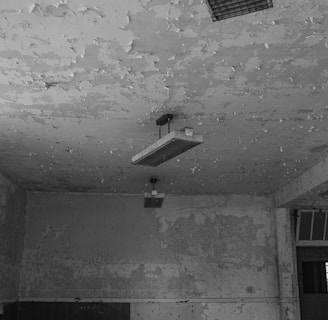
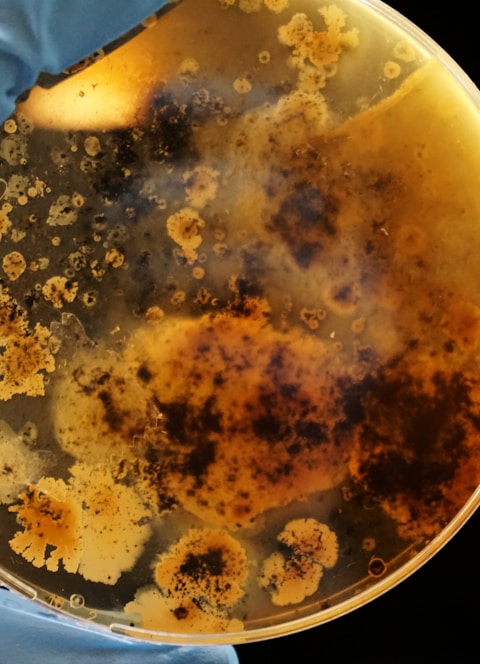
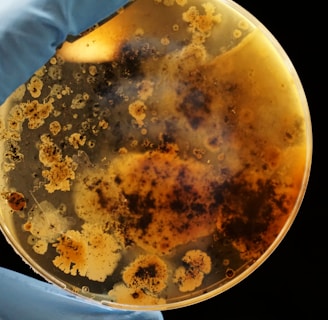
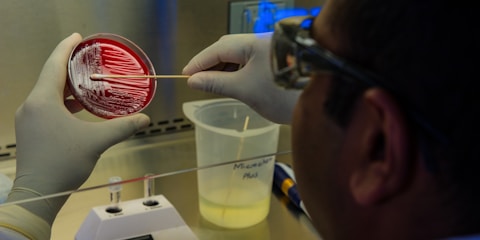
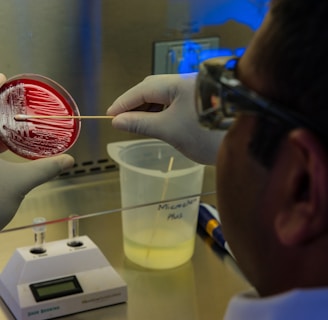


This site is a free referral service to assist homeowners in connecting with local service contractors. All contractors are independent and this site does not warrant or guarantee any work performed. It is the responsibility of the homeowner to verify that the hired contractor furnishes the necessary license and insurance required for the work being performed. Some reviews listed either on this website or on 3rd party listings are paid reviews or posted by associates of the company. All persons depicted in a photo or video are actors or models and not contractors listed on this site.
Address
Proudly Serving the St. George Utah 84770 Area!
